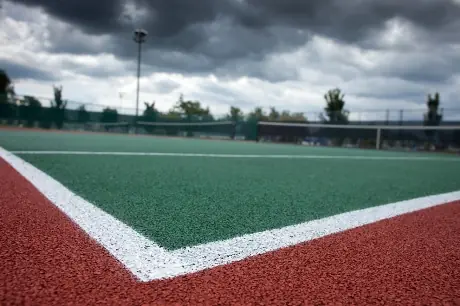
Pete Sampras and Roger Federer are known for their ability to transition seamlessly between hard and grass courts. John McEnroe was great too, especially when the grass was softer and bad bounces abound.
What's their secret? Footwork.
More: Move Like Federer With This 5-Step Footwork Drill
Playing on grass courts or any other surface that you're unfamiliar with can throw you off your game. But it doesn't have to.
Even if you've never played on clay or grass courts—or suddenly find yourself playing an important league match on a cracked court or other odd surface—you can adjust rather quickly if you have solid footwork.
More: How to Volley on the Move
Moving on grass or any other surface is a symphony, orchestrated by instinct, sense of balance and the reactions a player has developed through practice.
When you see a great player at Wimbledon, for example, you see some great moves that seem to be in a pattern. His feet are in motion almost like a boxer's. Some players move forcefully, some others move like a gazelle.
On grass or clay, you'll see some players slipping, while others are moving in full command.
The Ultimate Footwork Drill
Begin by outlining two concentric circles on a tennis court, one about 20 feet in diameter and a smaller one about 10 feet in diameter. Each of these circles has about eight equidistant points. All of these points are numbered or lettered and are visible to the player.
The player starts from the center and moves from point to point as if skipping like a boxer. Have a friend, fellow player or coach call out a number or letter in a random fashion. The player must react immediately and move to that point. The player then recovers slowly to the center. Sometimes a new number or letter is called out quickly before the player can fully recover to the center.
The player accelerates under that command without a thought in the fastest way he can, and recuperates more casually towards the center until he hears the next command.
More: Having a Bad Tennis Day? Adjust Your Timing
To more accurately emulate match play, hold your tennis racquet as you move quickly to each number or letter that is called out. When you reach the point, swing through as if you're hitting a ball.
The drill helps train the player to instinctively adjust to the surface. As the player becomes more comfortable, the coach should speed up the drill to make it more difficult.
By learning how to naturally change directions and develop a quick start, the player no longer has to think about where to go. They just know.
Grass Court Drill
Place a cone in the center of the court, behind the baseline. Have a friend, fellow player or coach feed balls to your forehand. Move forward and hit through the ball. After each stroke, round the cone from behind and then return to your center ready position. Repeat several times and then switch to the backhand.
Other Simple Tips for Playing on Grass:
- Shorten your backswing;
- Get your first serve in more often
- Beware of your balance, you may slip more.
More: Court Positions for Doubles Tennis
 Search for your next tennis event.
Search for your next tennis event.

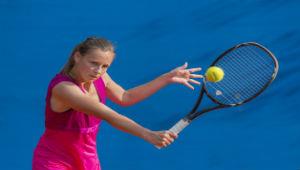
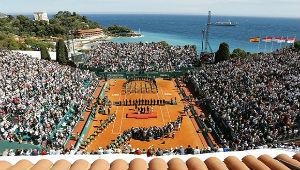
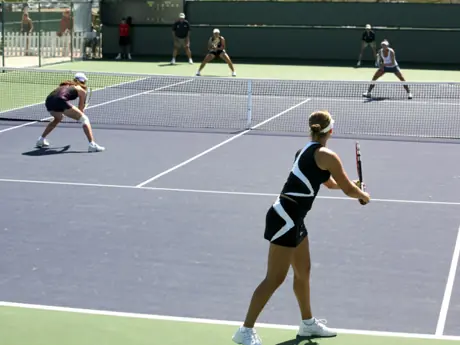
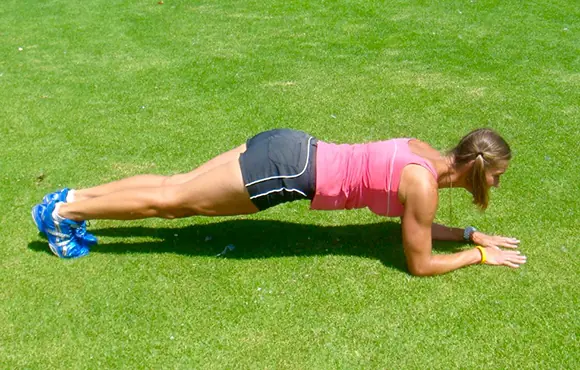
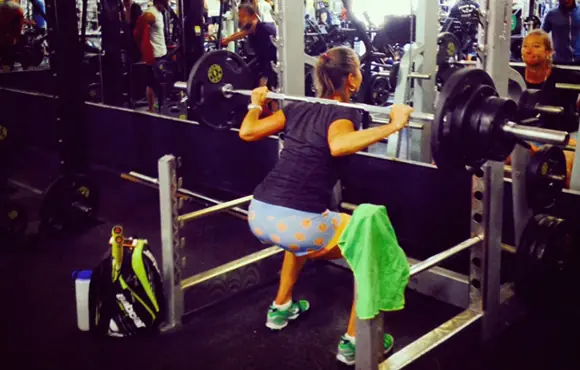

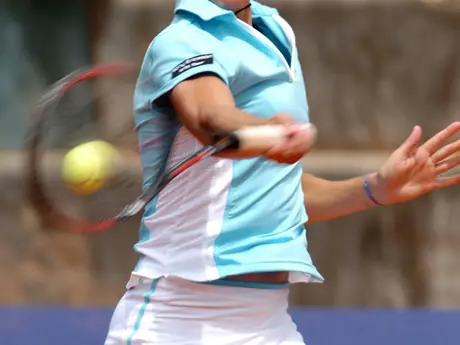
Discuss This Article